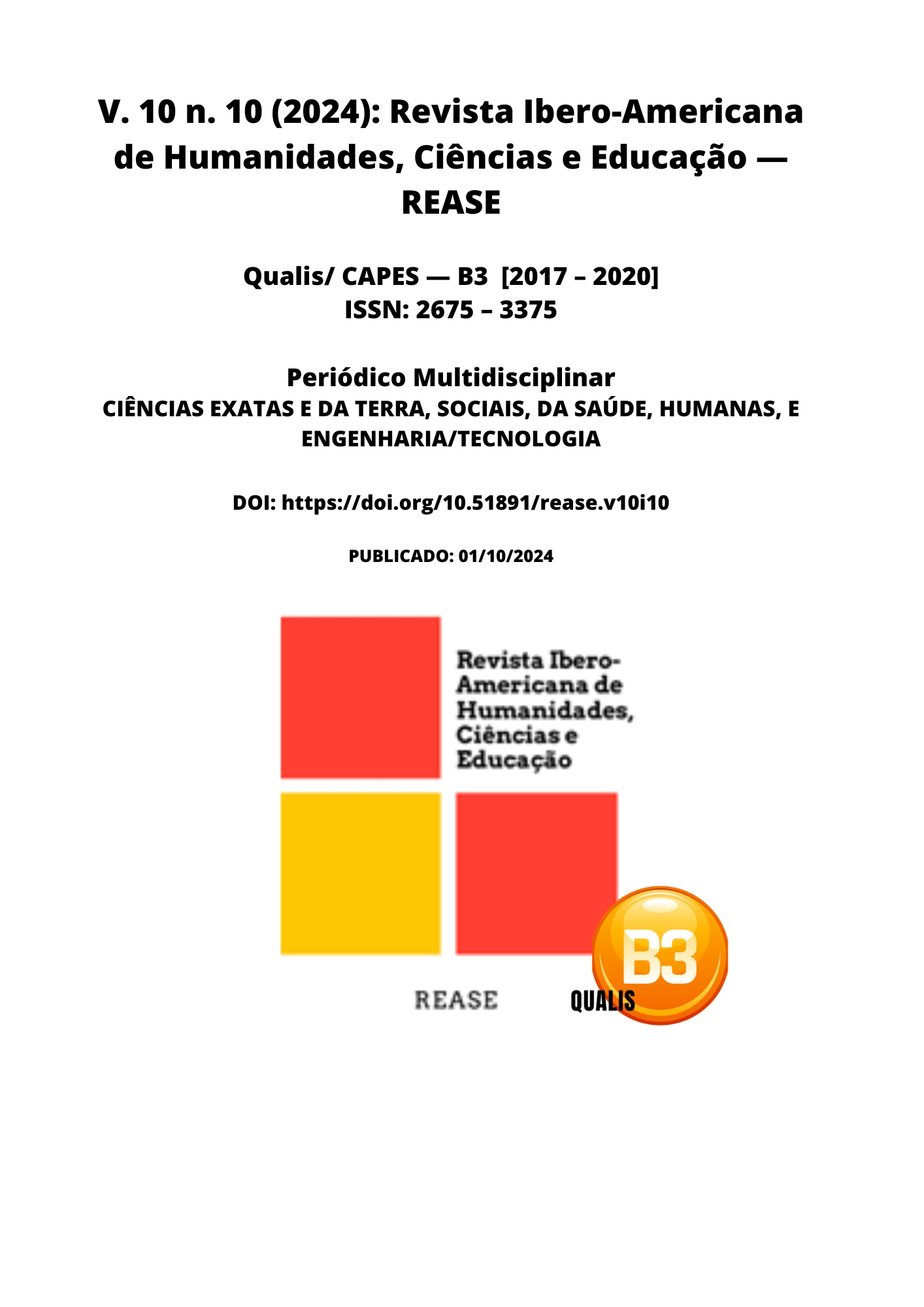UNDERSTANDING TAKAYASU ARTERITIS: AN OVERVIEW OF CLINICAL FEATURES AND TREATMENT STRATEGIES
DOI:
https://doi.org/10.51891/rease.v10i10.15918Keywords:
Takayasu arteritis. Pulseless disease. Rheumatology.Abstract
Takayasu arteritis is a chronic vasculitis of unknown cause that primarily affects the large arteries, such as the aorta and its branches. This condition is more prevalent in young women, particularly in Asian populations, and can lead to severe complications, such as hypertension, organ ischemia, and even death. Diagnosis is often challenging due to the diversity of symptoms, which can range from nonspecific systemic manifestations like fever, fatigue, and weight loss to more specific signs such as limb claudication and chest pain, reflecting the heterogeneity of clinical presentation. Early identification is crucial, as timely intervention can reduce the risk of severe complications, including irreversible damage to vital organs. Treatment typically involves the use of corticosteroids, which are effective in reducing inflammation and preventing vascular injury, and may include additional immunosuppressive therapies in more severe or resistant cases. Imaging techniques, such as ultrasound, computed tomography, and magnetic resonance imaging, play a critical role in diagnosis, allowing for the assessment of the extent of arterial involvement and monitoring of treatment response. Furthermore, a multidisciplinary approach involving rheumatologists, cardiologists, and imaging specialists, along with treatment adherence, is essential for improving the prognosis and quality of life of patients affected by this challenging condition. Understanding the underlying mechanisms and exploring new therapies are promising research areas that may contribute to significant advancements in the management of Takayasu arteritis.
Downloads
Downloads
Published
How to Cite
Issue
Section
Categories
License
Atribuição CC BY

